- Description
- Additional information
- Reviews (0)
Description
Candy Cane
The Candy Cane Coral (Caulastrea furcata), also known as trumpet coral or bullseye coral, is a popular Large Polyp Stony (LPS) coral renowned for its vibrant colors and relatively easy care requirements. Its distinctive appearance features tubular polyps with alternating bands of contrasting colors, typically red and white or green and white, resembling a candy cane pattern.
🐠 Appearance & Color Variations
Candy Cane Corals exhibit a range of colors, with neon green being one of the most common and affordable morphs. Other color variations include darker blues and purples, which are rarer and often more expensive. Under actinic lighting, these corals fluoresce brilliantly, adding a striking visual element to reef tanks.
🌿 Care Requirements
💡 Lighting
Candy Cane Corals thrive under moderate to low lighting conditions, with a PAR range of 30–150. Exposing them to high-intensity lighting can lead to bleaching or irritation. Placing them towards the edges of the tank or in shaded areas can help reduce light intensity.
🌊 Water Flow
These corals prefer low to moderate water flow. Excessive flow can damage the coral’s flesh, while insufficient flow may lead to debris accumulation. Adjustable powerheads can be used to maintain optimal water movement.
🌡️ Water Parameters
Maintaining stable water conditions is crucial for Candy Cane Corals:
-
Temperature: 75–80°F (24–27°C)
-
Salinity: 1.023–1.025
-
pH: 8.1–8.4
-
Alkalinity: 8–12 dKH
-
Calcium: 400–450 ppm
-
Magnesium: 1280–1350 ppm
-
Nitrates: <5 ppm
-
Phosphates: <0.03 ppm
Regular testing and maintenance of these parameters are essential for the coral’s health and growth.
🧬 Feeding
While Candy Cane Corals have a symbiotic relationship with zooxanthellae algae, they also benefit from supplemental feeding. Target feeding with small meaty foods, such as brine shrimp or mysis shrimp, can promote faster growth. Feeding should be done several times per week, ensuring not to overfeed and pollute the tank.
🧱 Placement & Aggression
Candy Cane Corals are semi-aggressive and possess short sweeper tentacles that can extend up to 2 inches. It’s important to provide them with ample space—at least 6 inches from other corals—to prevent stinging and potential damage. Placing them at the bottom of the tank, on the sand bed or attached to rocks, is ideal.
🌱 Propagation
Propagation of Candy Cane Corals is typically done through fragmentation. Using a sharp tool, carefully cut a piece of the coral skeleton, ensuring each fragment has at least one polyp. Place the fragments in an area with moderate water flow and provide proper lighting and water parameters. Over time, the fragments will grow into new colonies.
🧼 Maintenance Tips
-
Regular Testing: Monitor water parameters frequently to ensure they remain within optimal ranges.
-
Feeding: Provide supplemental feeding to support growth and health.
-
Placement: Ensure adequate space between corals to prevent aggression.
-
Observation: Watch for signs of stress, such as retracted polyps or color changes, and address potential issues promptly.
🛒 Availability in South Africa
Candy Cane Corals are occasionally available at specialized aquarium stores in South Africa.
Additional information
| Option | 1 Head, 2 Heads, 3 Heads, 4 Heads, 5 Heads |
|---|
Only logged in customers who have purchased this product may leave a review.


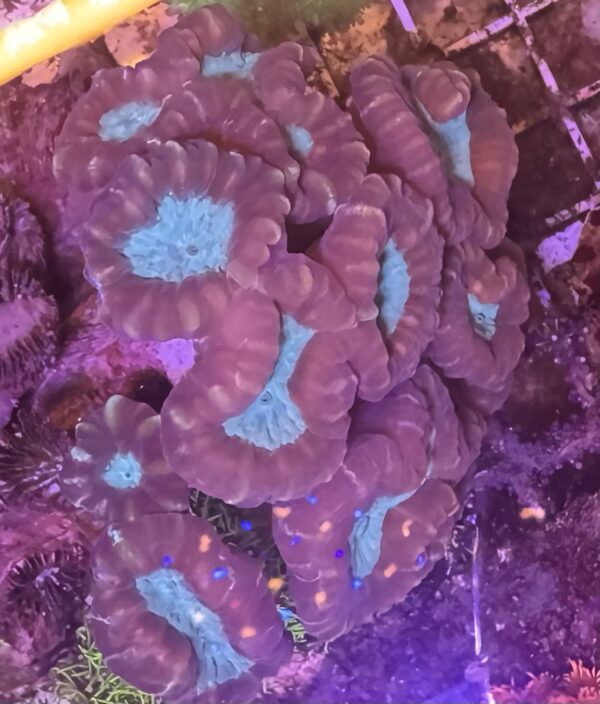
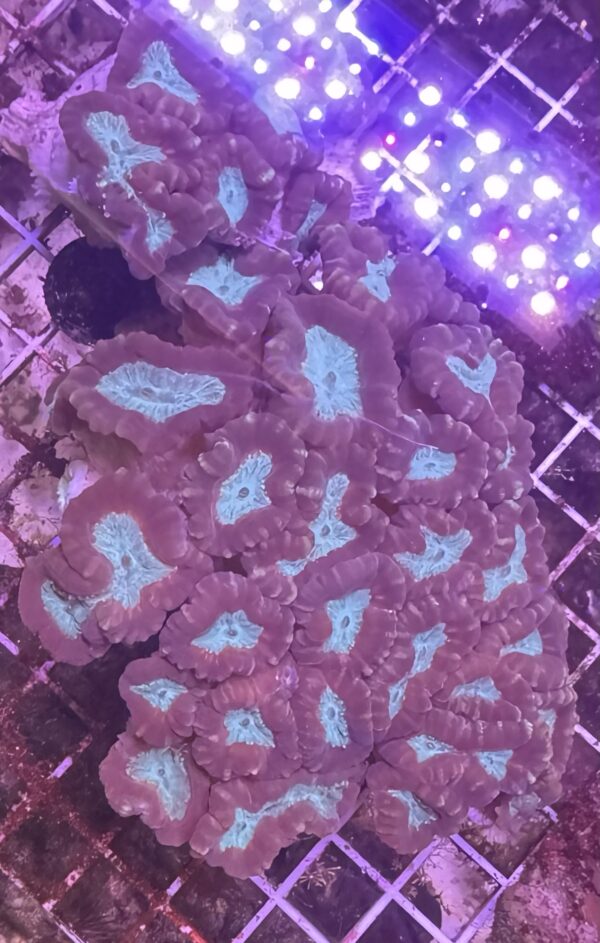
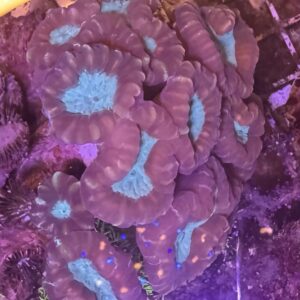
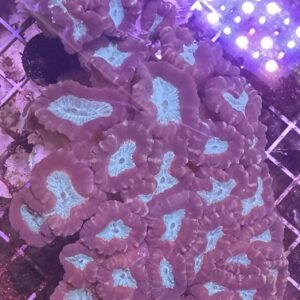
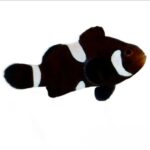
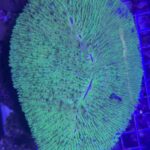
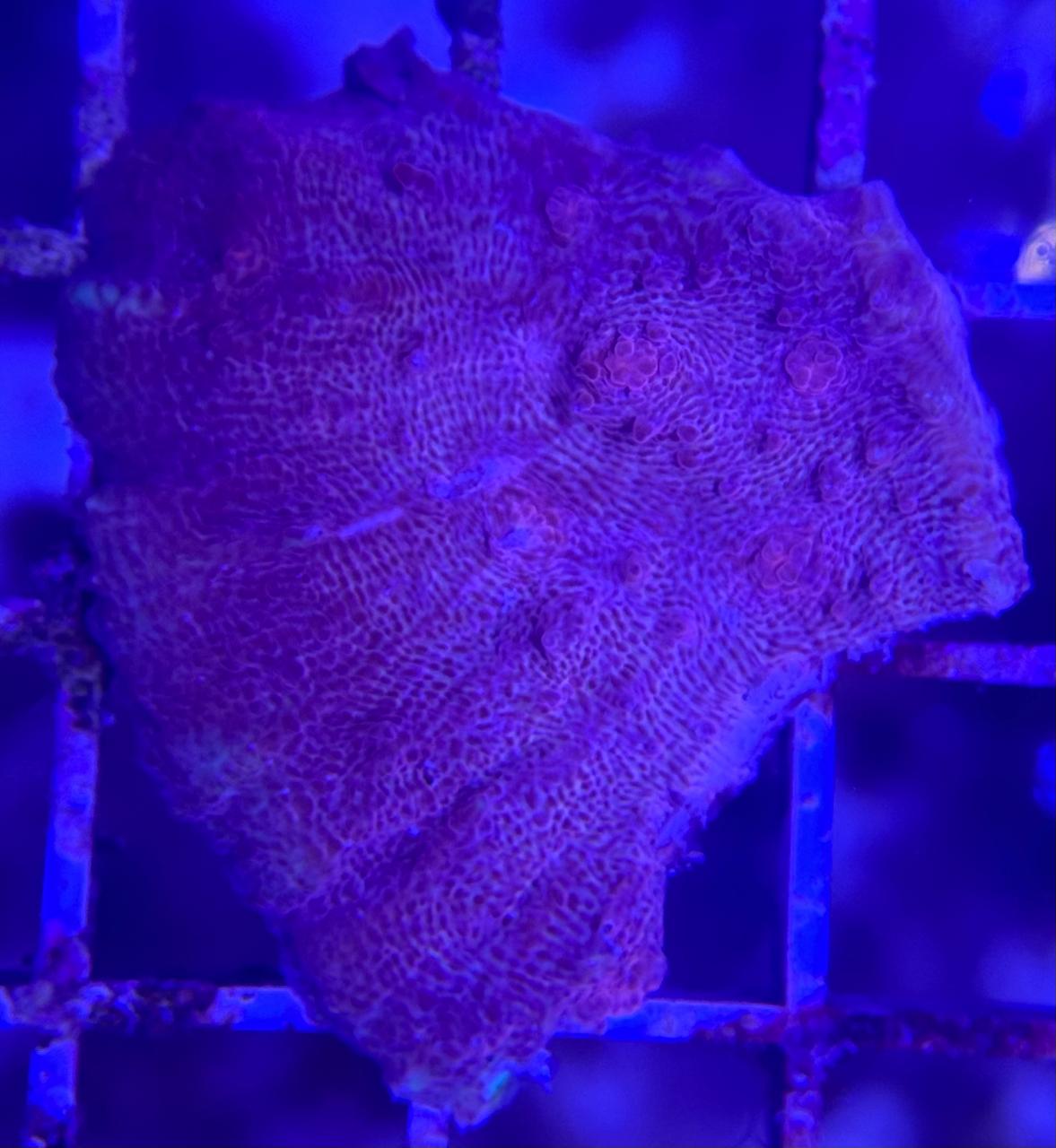
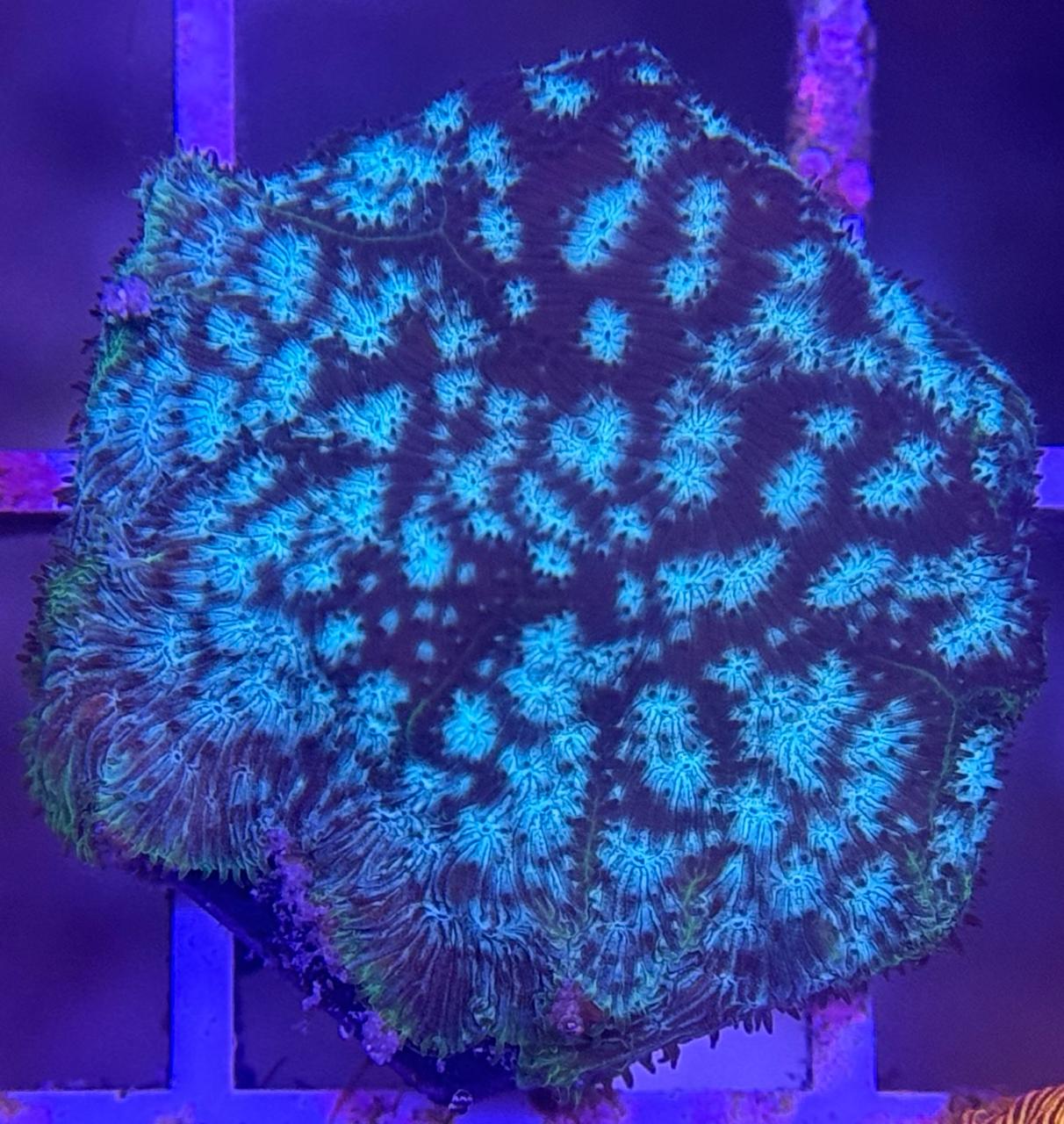
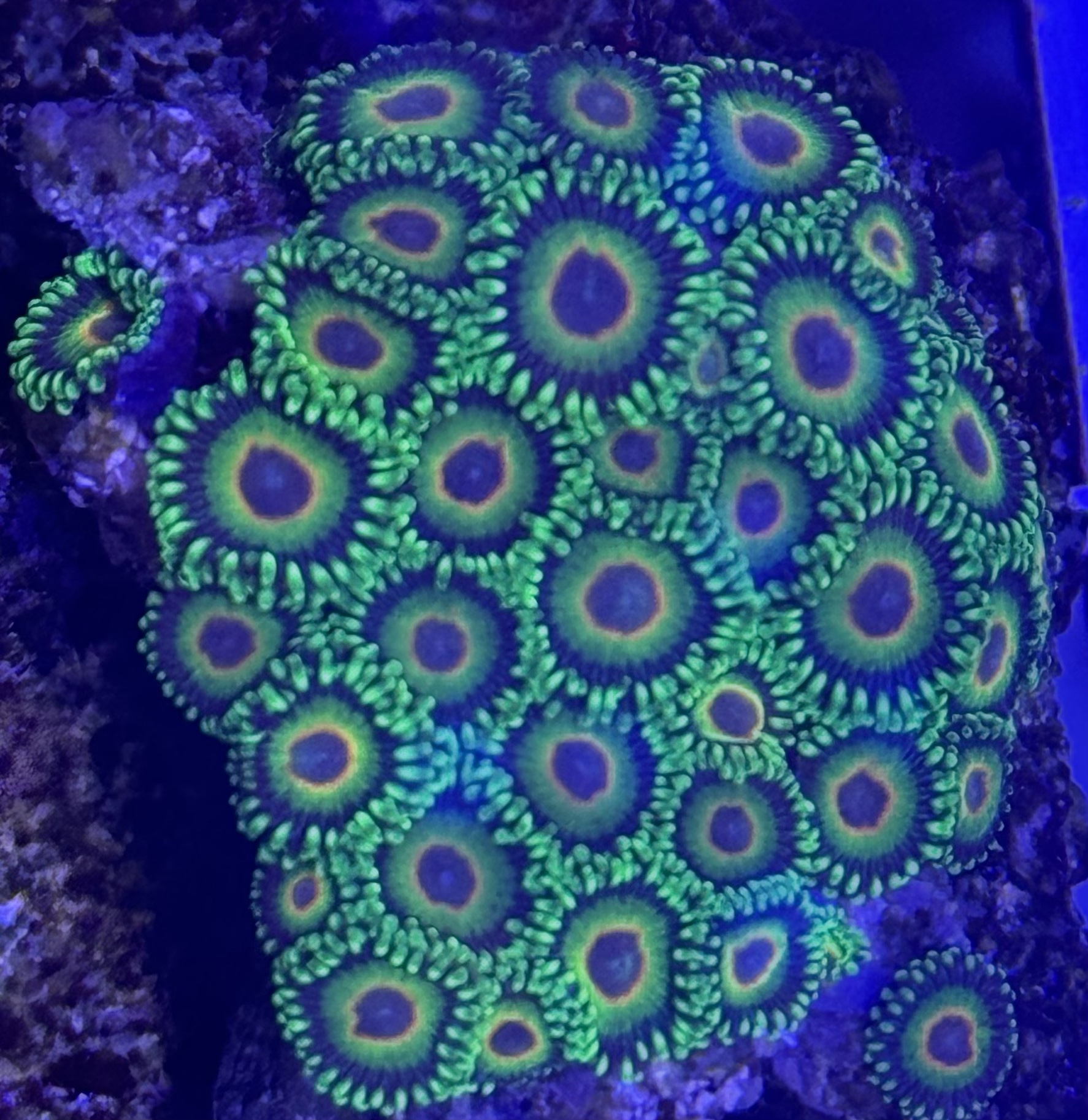
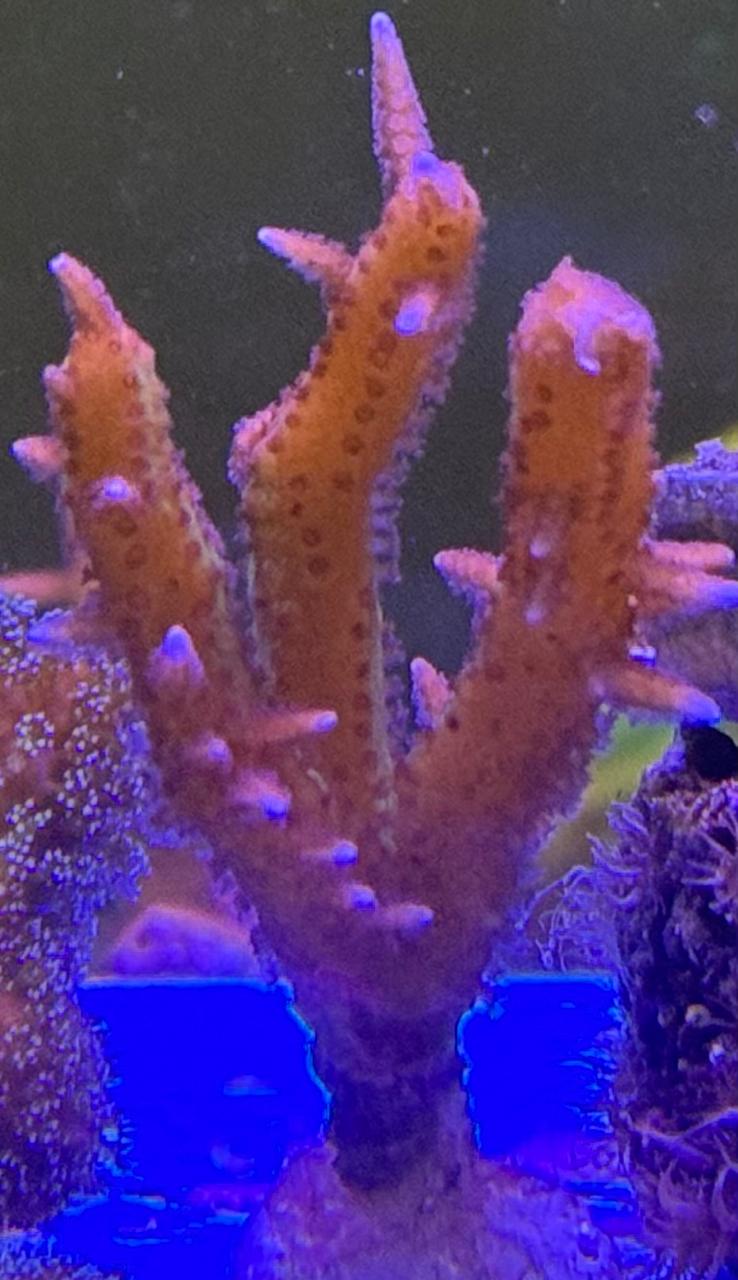
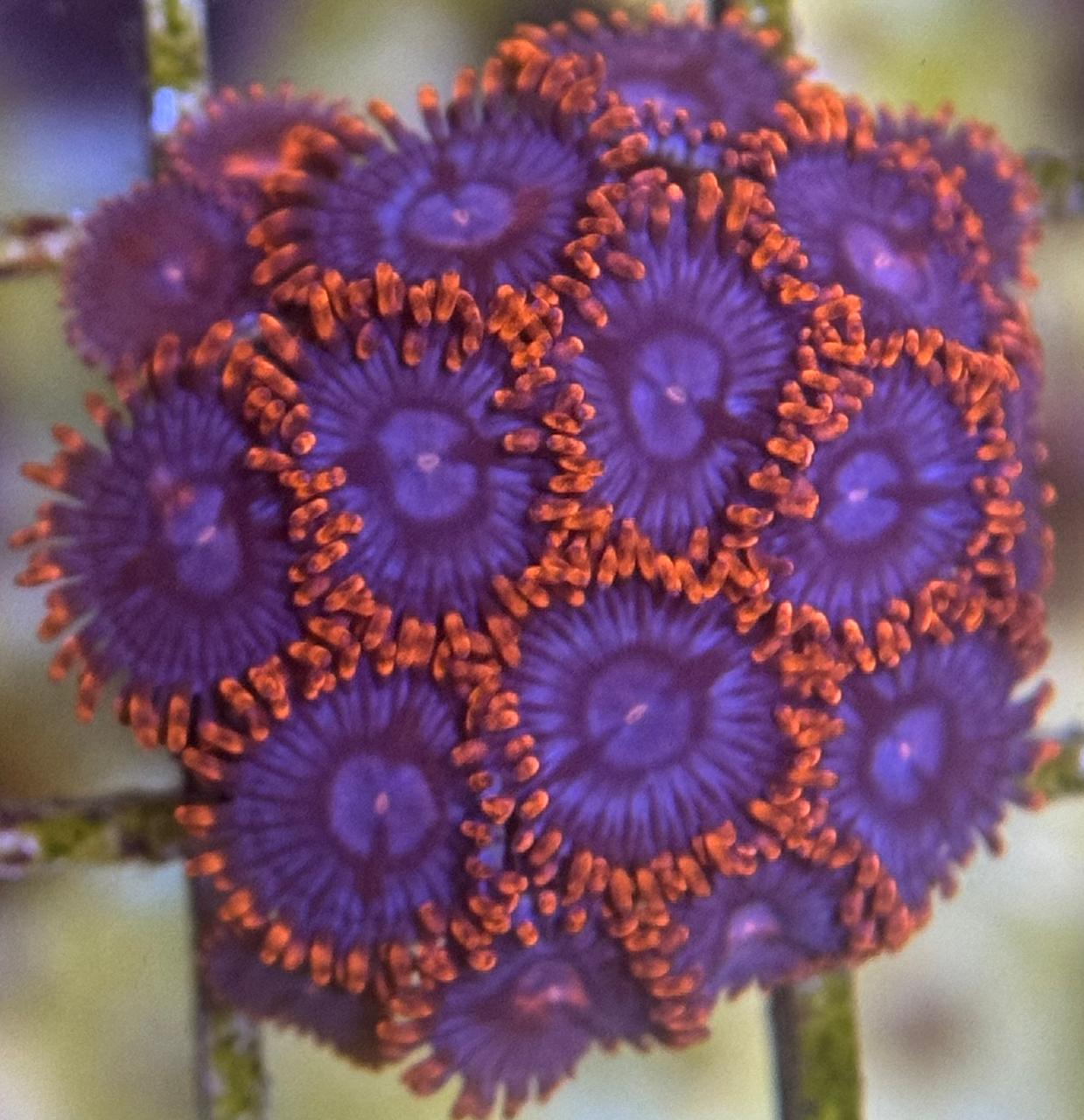
Reviews
There are no reviews yet.